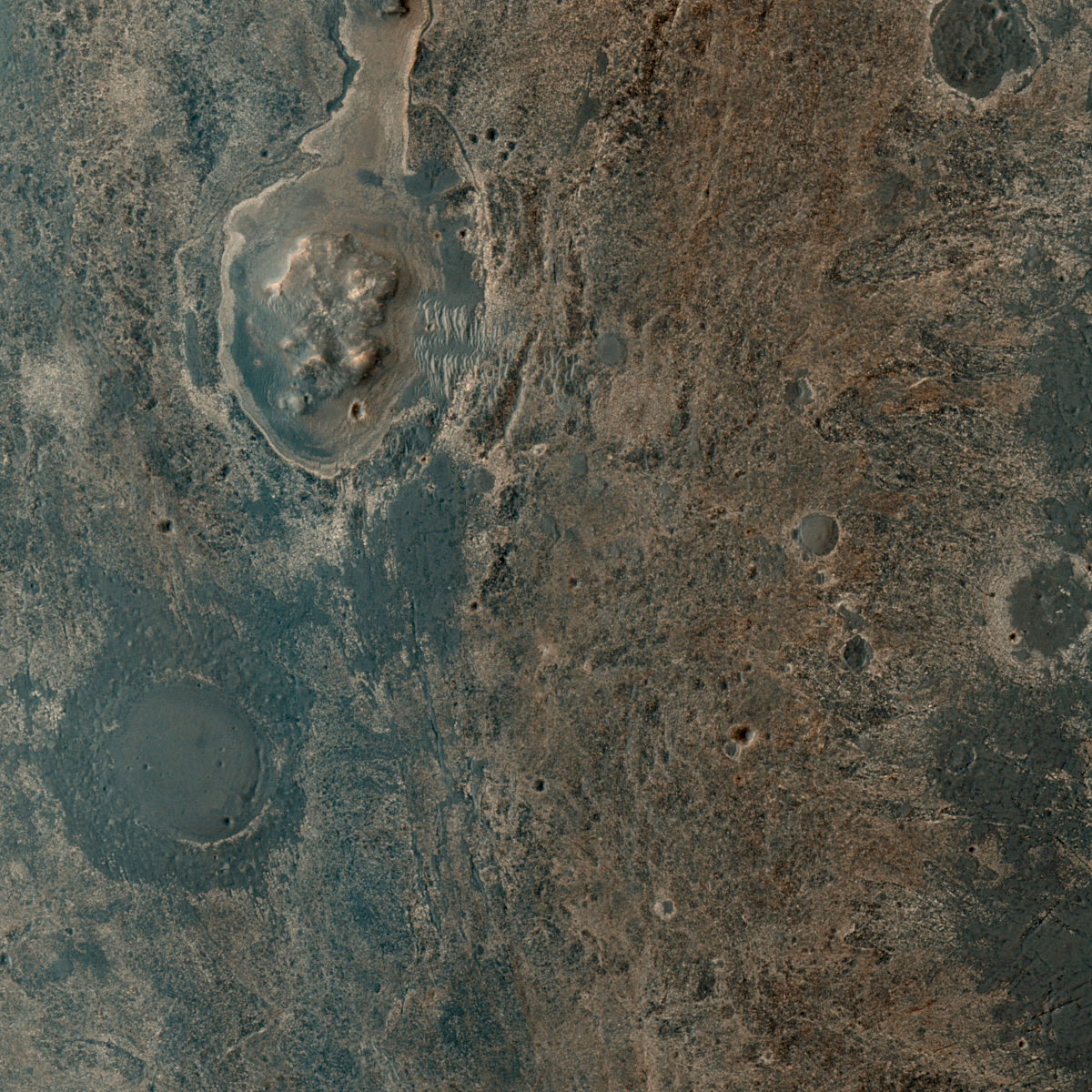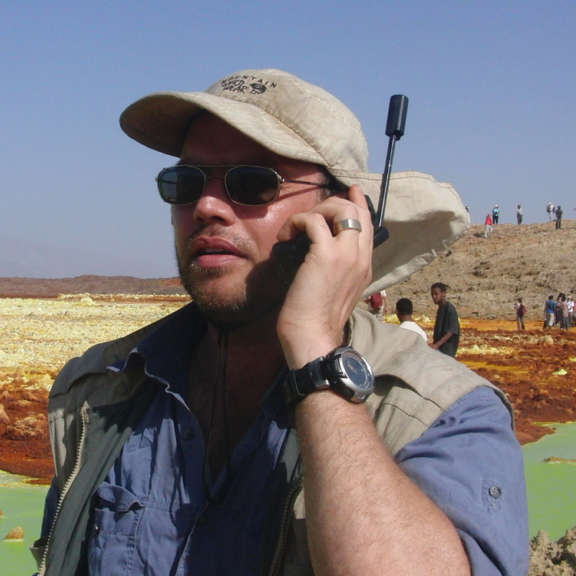All
All
Stories, updates, insights, and original analysis from The Planetary Society.
Mysterious tides in the Martian atmosphere
Observations made by the Mars Climate Sounder, an instrument aboard NASA’s Mars Reconnaissance Orbiter, have revealed new information about atmospheric tides on the Red Planet.
One Year on Mars: My Favorite Moments from Planetfest 2012
It seems like it was just yesterday that 2000 people gathered in the Pasadena Convention Center to celebrate Curiosity's landing on Mars. All of Planetfest 2012 is online for your enjoyment.
Field Report From Mars: Sol 3385 - August 2, 2013
This week Opportunity finished up a quick investigation of the strange rocky terrain out here in the plains where it is approaching the next mountain rim segment of Endeavour crater, Solander Point.
The Ancient Snows of Mars on Planetary Radio
Kat Scanlon tells Planetary Radio that Hawaii and Mars have more in common than you might think.
Mars Exploration Rovers Update: Opportunity Celebrates Milestones, Arrives at Solander Suburb
The Mars Exploration Rovers (MER) mission Opportunity celebrated the 10th anniversary of its launch on July 7, 2003, and then went on to complete the last leg of its 2 km trek from Cape York to Solander Point. But just before the robot field geologist pulled onto the actual base of the ridge where it will spend its sixth Martian winter, Mars lured the team off the path with some of the weirdest Martian rocks the scientists have seen yet.
Keeping up with Curiosity, almost a year after landing
It seems like my attention wandered for just a moment, and all of a sudden Curiosity is really on the road. She's racked up drive after drive, methodically eating up the terrain between here and her goal: the ancient rocks at the foot of Mount Sharp.
Happy 32! Happy New Mars Year!
They're too far apart to have a party, but today Curiosity and Opportunity could have rung in the New Mars Year. Today Mars reached a solar longitude of zero degrees and the Sun crossed Mars' equator, heralding the arrival of spring in the northern hemisphere and autumn in the southern hemisphere.
Terra Cognita
Pushing back the frontier, and filling in the blank spaces on the map.
The Mars 2020 Rover In-Depth
We now know the science goals for NASA’s next major Mars mission. The new rover will further the astrobiological search begun by the Curiosity rover and store samples for eventual return to the Earth, providing a stepping stone to the next stage of Martian exploration.
Field Report From Mars: Sol 3378 - July 25, 2013
We are now only about 180 meters from the new mountain, Solander Point. We slowed down this week so that we could check out the rocks here where there is a strange hydration signature from orbital remote sensing.
Planetary Geomorphology Image of the Month: Water tracks on Earth and Mars
The International Association of Geomorphologists'
A new HiRISE view of Opportunity (sol 3361)
The HiRISE camera on Mars Reconnaissance Orbiter has snapped a lovely color photo of the rim of Endeavour crater, catching Opportunity midway between Nobby's Head and Solander Point.
Dunes on Tatooine
The fictional world Tatooine, scene of action in the Star Wars movies, is named after a town in Tunisia, where parts of the movies were filmed. The desert backdrops against which the movies were filmed are real terrestrial landscapes, which prove to be perhaps unexpectedly dynamic.
Programmable Mars Watch for $50
Time is kept differently on Mars. This is because Mars itself rotates a little slower than Earth. This proves to be a pain when it comes to timekeeping.
Field Report From Mars: Sol 3355 - July 2, 2013
By Sol 3325 Opportunity has driven up onto the next
The Ice Pits of Mars
The south polar cap of Mars is riddled with strange landscapes.
Mars Exploration Rovers Mission Update: Opportunity Continues Sprint to Solander Point
The Mars Exploration Rover (MER) mission celebrated its 10th anniversary of leaving Earth in June, as Opportunity continued the sprint to its next winter haven at Endeavour Crater.
Stationkeeping in Mars orbit
It had never occurred to me to think about geostationary satellites in Mars orbit before reading a new paper by Juan Silva and Pilar Romero. The paper shows that it takes a lot more work to maintain a stationary orbit at an arbitrary longitude at Mars than it does at Earth.
If we started today, how long would it take to get to Mars? With this budget, never.
The House of Representatives held a hearing today to discuss their proposed NASA authorization bill, which would fund Planetary Science, cut Earth Science, forbid asteroid retrieval, and command NASA to pursue a path to Mars via the Moon.
Enormously detailed photo of Kasei Valles from Mars Express
ESA celebrated the tenth anniversary of Mars Express' launch with a several-day science meeting during which they issued lots of press releases and numerous spectacular photos. My favorite of them all is this enormous image of Kasei Valles on Mars.


 Explore Worlds
Explore Worlds Find Life
Find Life Defend Earth
Defend Earth


 Sun
Sun Mercury
Mercury Venus
Venus Earth
Earth Mars
Mars Jupiter
Jupiter Saturn
Saturn Uranus
Uranus Neptune
Neptune Small Bodies
Small Bodies














